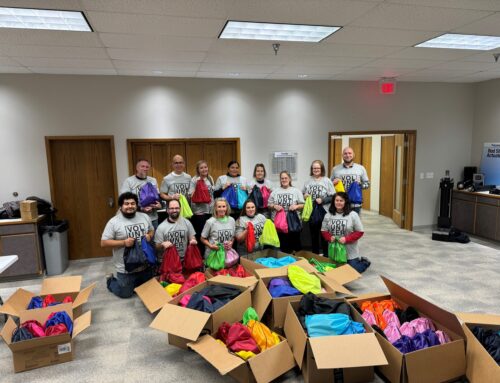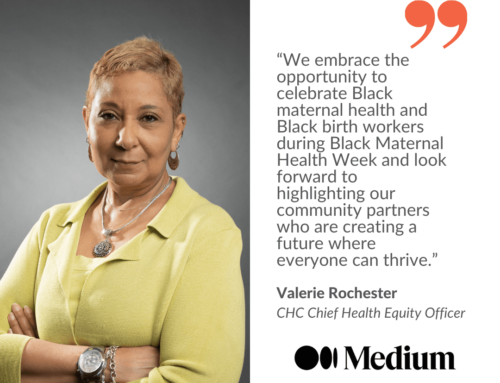The power of work to influence health and longevity
More than providing just a paycheck, employers can—and should—improve worker health.
By Dr. Jean Accius, president and CEO of CHC
How we earn a living influences how we experience life. Employers do not just provide a paycheck—employers have great power (and thus great responsibility) to positively influence people’s health and the communities in which they live. In fact, where employees live is a strong predictor for how healthy they are and how long they will live.
According to the Edelman Trust Barometer, only 50% of Americans report being in good health. That also means half of Americans in the United States feel they are in poor to bad health. However, when I talk about health, it’s more than just physical, and employers can do something about it. Employment is connected to our sense of purpose and meaning. It can help foster social connection while reducing isolation and loneliness.
Employment can provide the income and health insurance we need to care for ourselves and our families at the most basic levels, including food and shelter. Our job contributes to our physical safety, but it can also expose us to environmental hazards and occupational risks, which positively or negatively impact our mental health and financial security. What we do for a living is a social driver of health—creating a ripple of concentric rings and interconnected systems.
Why does it matter?
For every three minutes of our existence, at least one of those minutes is directly occupational. That’s significant, without even considering all the other facets of life related to our jobs (commuting, meal choices, how often we exercise, stress, burnout, etc.)
A study from the Integrated Benefit Institute found that poor worker health costs U.S. employers $575 billion a year, including lost productivity due to worker absence, and chronic conditions and injuries leading to workers compensation. The ramifications of an unhealthy work environment are acute.
In 2021, the U.S. experienced more than 2.6 million nonfatal workplace injuries or illnesses and, tragically, almost 5,200 fatalities. These result from handling heavy loads, repetitive lifting, exposure to environmental toxins, or distracting conditions. Overwork and inadequate rest exacerbates physical health hazards; 13% of workplace accidents can be attributed to fatigue. Even the way we work matters. For office workers, a sedentary lifestyle contributes to health concerns such as heart disease, cancer, diabetes, weaker leg muscles, depression, anxiety, dementia, and more: Sitting is the new smoking, according to Mayo Clinic.









